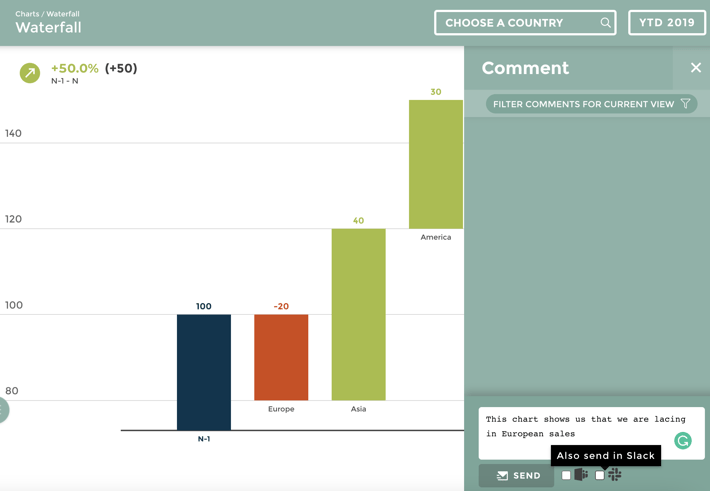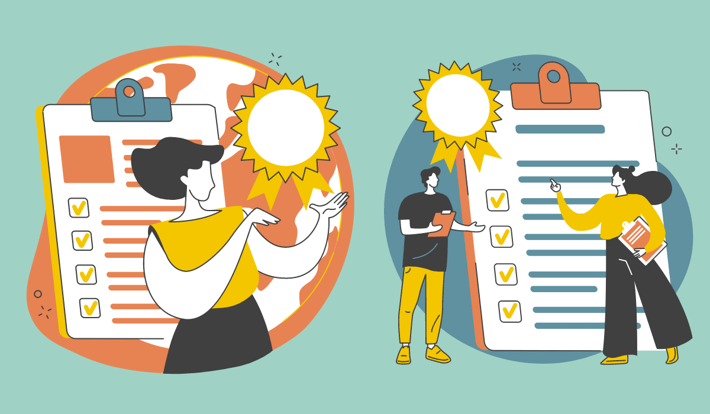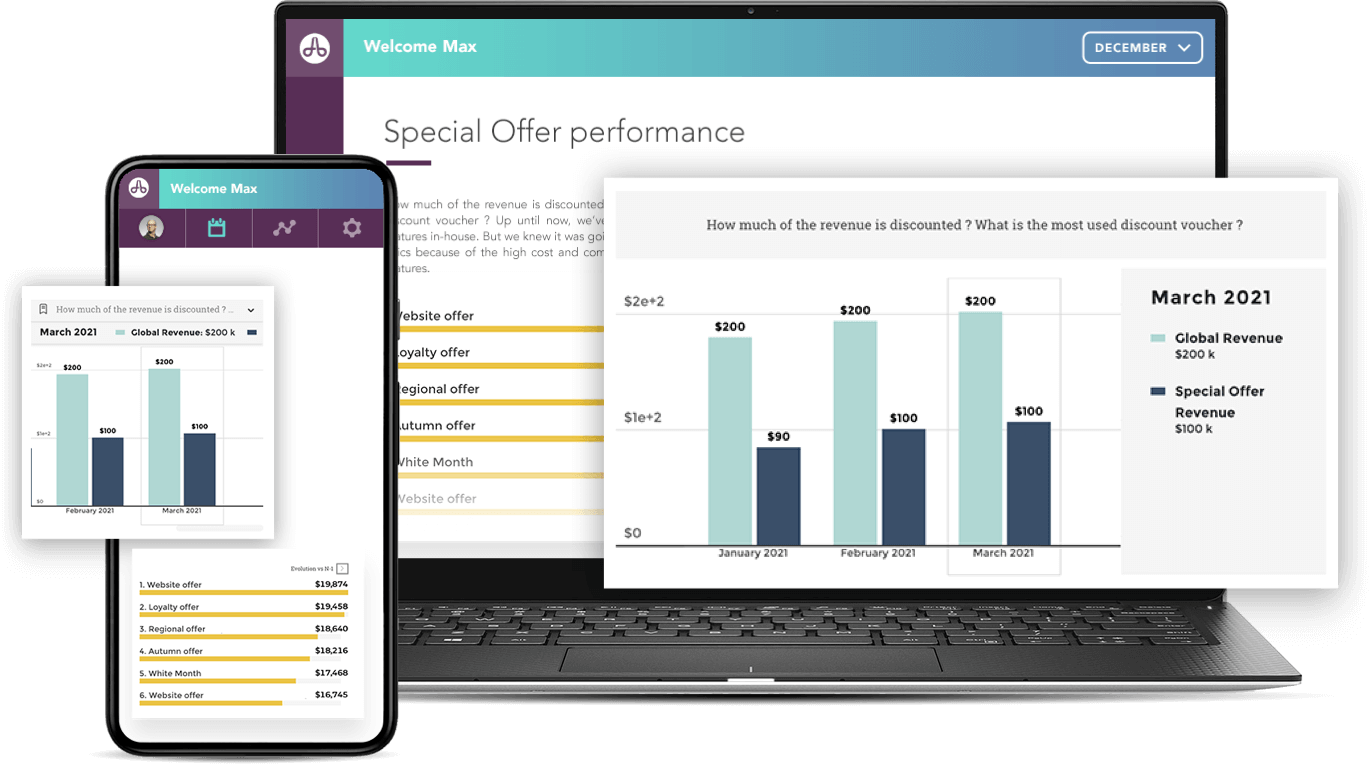There is no standard engagement metric that is passed from product person to product person as the standard for engagement across products. For example, a travel app will be used less frequently than an email.
In the end, engagement is a result of users taking meaningful actions in your product repeatedly.
SaaS businesses are built upon active and engaged users - without a steady stream of users regularly using your product, you cannot be successful. As a result, you will not be able to achieve product-led growth.
Due to the nature of subscription-based products, subscription revenue is generated over a period of months or even years. The process of generating revenue for a SaaS company can take upwards of five to seven months even for the healthiest companies. The long-term engagement of your users is essential to the success of your product.
Essentially, engagement rate refers to the percentage of users who remain active over the course of a defined period. An indicator of overall product health is tracking how many users remain truly engaged with your product, and any changes to this metric may indicate future problems.

It is difficult to track product engagement because the definition of "active" can vary from product to product. Social media automation tools may have users logging in every day, while budgeting tools may only have users logging in once or twice a month, but still count that as high engagement.
Engagement is when your customer is realizing value from your SaaS. The majority of SaaS companies lose their free trial customers after only one use. In order to maximize your conversion rate, it is vital to keep those users engaged during their trial period. You must, however, provide users with value over time in order to increase their engagement with your product.
In view of the fact that engagement evolves over the course of a user's journey, an attempt to improve engagement means accelerating habitual product usage at every step along the way. Communicating effectively with your customers and keeping them updated on product changes will help you combat churn within your existing customer base and identify problems before they become larger headaches.
5 User Engagement Strategies for SaaS Product Marketers
1. Gradually expose users to new and helpful product features
Those shiny new features you are adding may prove extremely useful-but only if users are aware of them. For new product announcements, emails and blog posts are effective channels, but to guide your users to discover and adopt your new features, you should communicate with them within your app as well.
When Verified Marketing Research wanted to increase their engagement they launched a new dashboard with extended analytics features by partnering with Toucan. This helped Verified Market Research launch a new feature in record time without pouring all their resource into development.
Within a few weeks, their customers were able to use a brand new feature with a great design which garnered positive feedback from their current users and the actionable insights generated had them coming back multiple times a week greatly increasing engagement rates.
2. Engage with In-App Chat
Throughout your career as a marketer, you have acquired a considerable amount of knowledge about SaaS products. The majority of platforms are familiar to you, and you are probably able to navigate new software within a few hours.
You cannot say the same about your customers. As a result, users will require ongoing assistance in order to achieve their goals.
Your customers can benefit from one-on-one assistance through in-app chat. Users will be able to tell you what features they find difficult, and you will be able to ask them specific questions about their engagement.

It is possible to segment users in some in-app chat platforms. You may be able to identify key behaviors that prevent customers from fully utilizing a product. Start an in-app chat to guide users through their particular roadblocks.
It is also important that your team responds to chat messages as quickly as possible. The majority of people do not enjoy waiting for long periods of time for an answer. It is also a good idea to be personable when providing chat support.
3. Employ Gamification
Using games to engage customers is not a new concept. Businesses have used seasonal contests to entice customers for decades.
There is a difference now in the manner in which the project is being implemented. Through the Internet, it is now possible to apply gamification principles on a larger scale and in a convenient manner for the customer.
SaaS businesses view this as a means of improving customer engagement rates. You can entice your customers to stay on your platform for a longer period of time by using the right games.
Here is an example. Autodesk is a recognized software company that values user trials. Autodesk has decided to gamify Undiscovered Territory, a new experience created for trial users of Autodesk 3ds Max, in order to make it more engaging. Our primary goal was to increase the use of this software during the trial period and increase the likelihood of a purchase.
Using their profiles, users could view their completed missions, their rank in the program's leader board, the number of points they had gained, their badges, and other achievements. Trial usage increased by 40% as a result of the game-like characteristics of the trial version.
Not sure if you're ready to scale gamification across your entire customer base? Test your beta program on a segment of your users. Follow up on your predetermined success metrics, such as usage frequency, to determine if your program is successful.
4. Collect qualitative feedback to find opportunities for improvement
You can discover a great deal about what is not working in your product by using quantitative data and analytics tools. However, it cannot tell you why. You will need to ask your users for this information.

You can gain valuable insights about how to engage your users within your product by collecting qualitative data from live chat tools, user surveys, NPS scores, and session recordings. Product managers can observe exactly what their users are doing within the product using session recording tools such as what they are clicking on (or not clicking on), where they are getting stuck, etc.
5. Automatically trigger emails based on in-app behavior
It is important to note that user engagement occurs outside of your product as well. The ability to set certain events to trigger an email can be a great way to reinforce the guidance you are providing within the product through another channel, making it more likely that users will take action as a result. Due to the mere-exposure effect, people are more likely to choose ideas they are familiar with.
Some examples of behavioral emails that you can send include:
- Activation/sign-up emails. It is estimated that welcome emails have some of the highest activation rates of any type of email-they provide a perfect opportunity for you to introduce your brand and begin to build a personal relationship with your subscribers.
- Emails for specific events. There is the ability to set up specific in-app events to trigger emails that provide more detailed information about certain features the customer is already using without interrupting their work.
- Educational drip sequences. You can encourage habitual use of your product by teaching users about its features and benefits over time.
- Customer feedback surveys. Take advantage of in-app surveys and feedback forms to show your users you value their input. Follow up via email with users based on their responses.
Follow up on every action with a logical next step in your behavioral email sequence to guide your users through your product's features.
To conclude, there is no one-size-fits-all solution to increasing your SaaS user engagement overnight. Every day, you should strive to add value to your customers and strengthen your relationships with them. Your product's value proposition should also be clearly outlined. By following these steps consistently, you will definitely see an increase in user engagement and other benefits.





